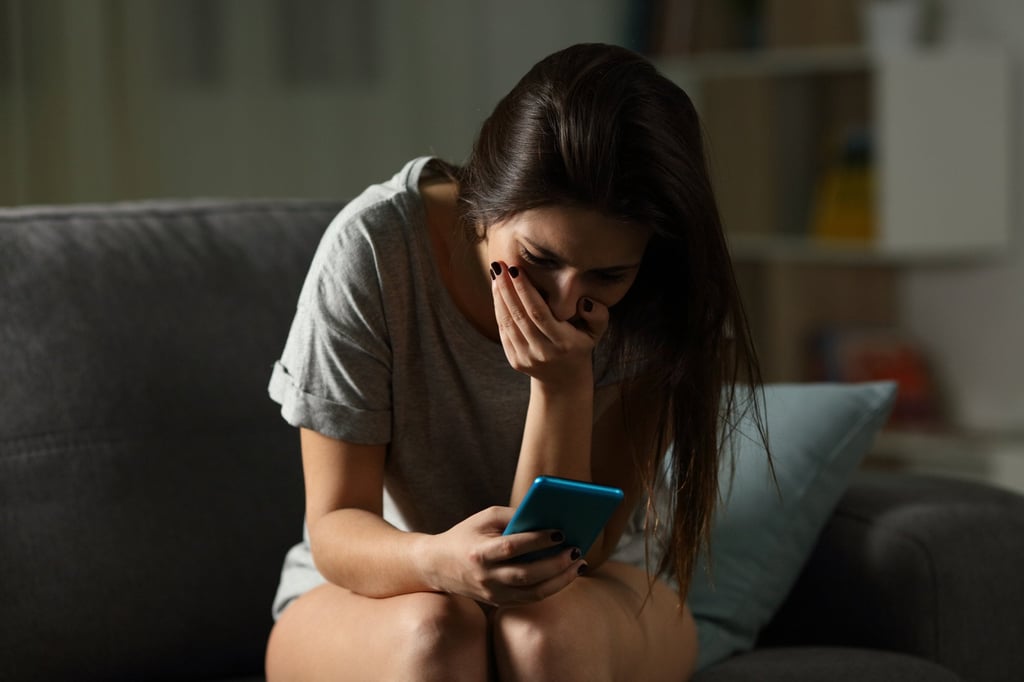Cyberbullying, on Instagram and elsewhere, becomes more prevalent every year, so how can it be curbed?
- Harassment is on the increase on websites such as Instagram, and ranges from teen cyberbullying to abuse from trolls, and sexual and physical threats
- Women, members of ethnic and religious minorities and teenagers are the most likely victims. Education and legislation are needed to fight it, experts say

It should have been a time of celebration: Brittan Heller would soon graduate from college and head to one of the nation’s top law programmes.
But when a classmate with unrequited feelings for Heller wasn’t admitted to that same school, he turned his rage on her. He wrote a manifesto titled “A Stupid B---h to Attend Yale Law School” and posted it on a site popular with anonymous trolls. The man urged them to do their worst.
Soon strangers were making derogatory, sexualised comments and posting her pictures online. They made threats. Posted her personal information. At one point, FBI agents escorted Heller to class for her protection.
“People say, ‘Oh, just log off. Don’t read it. Turn off the computer,’” says Heller, who turned her personal experience from 15 years ago into a legal speciality as a leading expert on online harassment.

“This is the 21st century, and people have a right to use the internet for work, for pleasure or to express themselves. Telling people not to read the comments is no longer enough. We don’t talk enough about this problem, and we need to.”